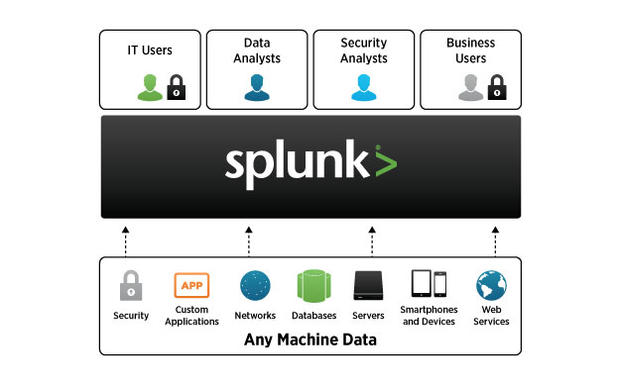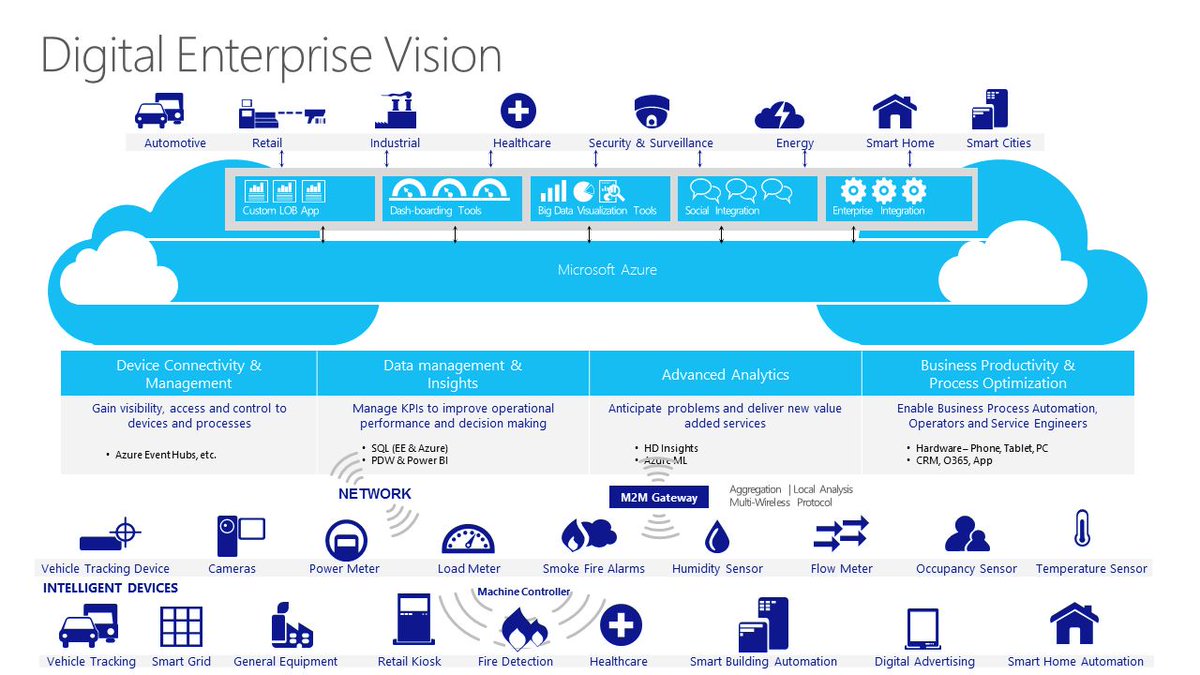
The user produces the data by means of any device like- web apps, sensors, or computers. It analyzes semi-structured data and logs generated by various processes with proper data modeling as per the need of the IT companies. Splunk is a program that enables the search and analysis of computer data. It enables us to view data in different Dashboard formats.

It tracks and read store data as indexer events and various types of log files.
#Splunk definition software
To scale your system and ensure HA property of service, Splunk recommends adding more components to each tier as indexer clusters or search head clusters 1.Splunk is a software technology that uses the data generated by the computer to track, scan, analyze, and visualize it in real-time. 1.11 Architecture for a Multi-Tier Splunk Enterprise Deployment One instance of Splunk Enterprise can handle all aspects of processing data: collection, indexing, and search. Single-instance Splunk deployments, however, are only suitable for low-to-medium load use cases, including prototyping, testing, and Splunk evaluation purposes. More demanding data processing requirements can only be met with larger Splunk indexing and search environments where multiple distributed instances have more specialized roles. A distributed Splunk Enterprise deployment splits the indexing and search management capabilities. For example, one or more instances might only index the data, while another instance would perform searches across the indexed data. 1.10 Distributed Splunk Indexing and Searching


Both Splunk Enterprise and Splunk Cloud include the following components:.

You can deploy Splunk in a variety of scenarios:.Splunk Platform Feature & Comparison Chart of the three editions can be found here:.The Splunk platform comes in three editions:.1.3 The Magic Quadrant for Security Information and Event Management (SIEM) Splunk is offered as two main products:īoth products provide event and data collection, search, and visualizations for various use cases in IT operations and some security use cases. Splunk’s capabilities are extendable through custom “Apps” for use-case and vendor-specific functionality that are supported through a wide ecosystem of technology partners.It is primarily used for operational data analysis.
#Splunk definition archive
Google for log files is how Splunk creators position it. Splunk is a data-centric platform that offers data practitioners capabilities for data collection, automatic indexing for fast retrieval, built-in smart data search, analysis, and visualization.Splunk understands a variety of input file formats used in the industry, including web server log files, CSV, JSON, Windows ® event logs, TCP network feeds, change monitoring, message queues, archive files, etc. This tutorial is adapted from the Web Age course Operational Data Analytics with Splunk.


 0 kommentar(er)
0 kommentar(er)
